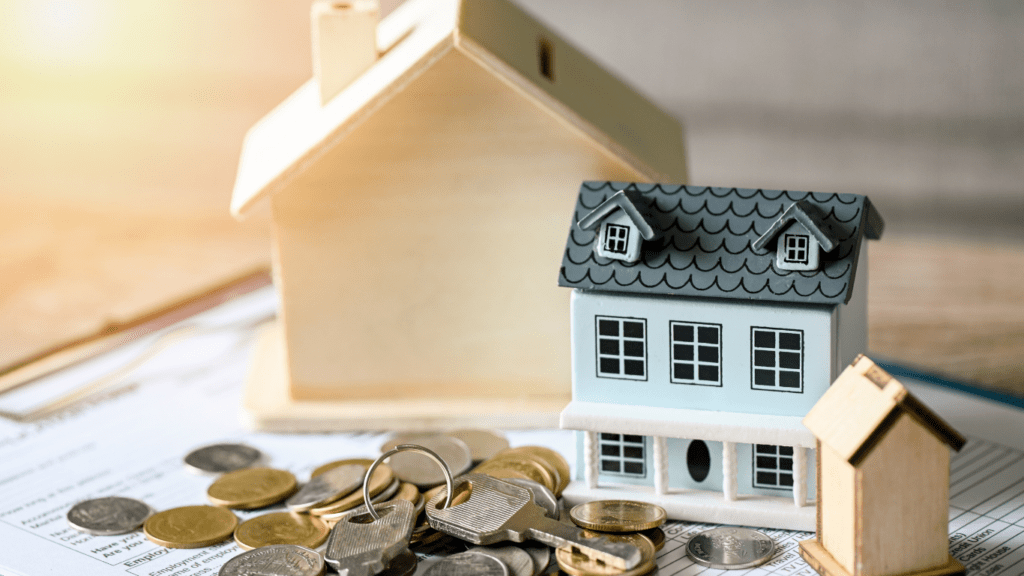Assessing Your Financial Health
Before buying my first home, I carefully evaluated my financial situation. This ensured I was making an informed decision without stretching myself too thin.
Reviewing Your Savings
I analyzed my savings to confirm I could handle the upfront costs of homeownership. These included a down payment, which can range from 3% to 20% of the home’s price, and closing costs, typically 2% to 5%. I also ensured I had an emergency fund equal to three to six months of living expenses to cover unexpected events.
Understanding Your Credit Score
I checked my credit score to determine my mortgage eligibility and potential interest rates. Scores above 700 usually qualify for better rates, while lower scores might lead to higher costs or stricter requirements. I reviewed my credit report for accuracy and resolved any discrepancies to avoid complications during the mortgage approval process.
Managing Existing Debts
I calculated my debt-to-income (DTI) ratio by dividing total monthly debt payments by my gross monthly income. Mortgage lenders generally prefer a DTI ratio below 43%. Before applying for a home loan, I worked to reduce outstanding debts such as credit cards and personal loans, freeing up more financial flexibility for monthly mortgage payments.
Evaluating Your Stability
Buying a home requires more than just financial readiness. Stability, both professional and personal, plays a critical role in determining if you’re ready for this commitment.
Job Security and Income Consistency
- A stable job and consistent income are essential for managing mortgage payments.
- I recommend ensuring you’ve held steady employment for at least two years, as lenders often require this for loan eligibility.
- Verify your earnings align with your housing budget by comparing your monthly income with projected housing costs, including taxes and insurance.
- If your income fluctuates due to freelance work or commissions, maintaining a larger savings cushion can provide added financial security.
Long-Term Plans and Goals
Planning for the future helps gauge your readiness to settle in one place. Buying makes sense if you foresee staying in the home for at least five years, as this allows potential equity growth to offset closing costs. Consider life changes like career opportunities, family planning, or educational commitments that could alter your timeline. For example, if relocating is possible in the near term, renting may be more practical than buying. Aligning your goals with your homeownership decision ensures a stable and fulfilling investment.
Understanding the Costs of Homeownership

Committing to a home means understanding the associated costs beyond the purchase price. Planning for these expenses ensures financial preparedness and avoids surprises.
Down Payment and Closing Costs
A down payment typically ranges from 3% to 20% of the home’s price. For example, on a $300,000 home, the minimum might be $9,000 if using an FHA loan. Setting aside funds for closing costs is also vital, as these average 2% to 5% of the home’s value, covering fees like:
- loan origination
- appraisal
- title insurance
I make sure to confirm specific lender requirements and explore assistance programs if applicable.
Monthly Mortgage Payments
A monthly mortgage combines loan principal, interest, property taxes, and homeowner’s insurance. Using calculators or pre-approval estimates helps me determine an affordable amount. I also account for Private Mortgage Insurance (PMI) if the down payment is less than 20%, which can add an additional 0.5% to 1% annually to housing costs.
Maintenance and Unexpected Expenses
I allocate 1% to 3% of my home’s purchase price annually for maintenance, depending on its condition and age. For a $250,000 home, this means saving $2,500 to $7,500 per year. Emergency repairs, such as roof leaks or HVAC issues, require extra funds. A separate home repair fund minimizes financial stress during unplanned events.
Researching the Housing Market
Understanding the housing market helps me make informed decisions when buying my first home. I focus on current trends and potential neighborhoods to ensure the best investment.
Analyzing Market Trends
I examine market trends to identify the right time to buy. Tracking housing prices, availability, and interest rates reveals patterns in the local and national housing markets. For example, I look at whether prices recently increased or decreased, as this indicates if it’s a buyer’s or seller’s market. I also review reports from trusted sources like the National Association of Realtors to understand market predictions. Comparing historical price data provides context, helping me assess whether purchasing now aligns with market conditions.
Considering Neighborhoods and Locations
Selecting the right neighborhood impacts home value and my living experience. I evaluate proximity to work, schools, healthcare facilities, and recreational areas. Online tools like crime maps and school ratings help me gauge the area’s safety and amenities. Additionally, I research future developments—new businesses, public transport expansions, or housing projects—that could influence property value. Touring neighborhoods at different times provides a realistic perspective, ensuring I choose a location that aligns with my needs and lifestyle.





